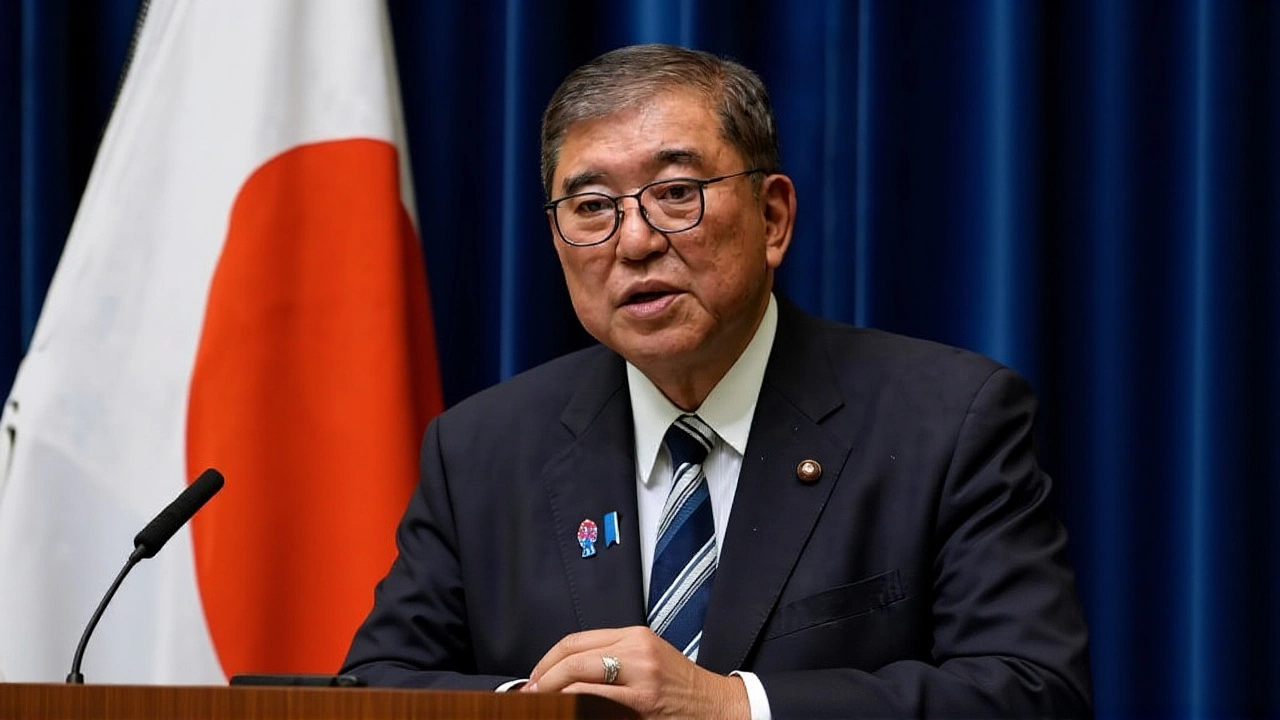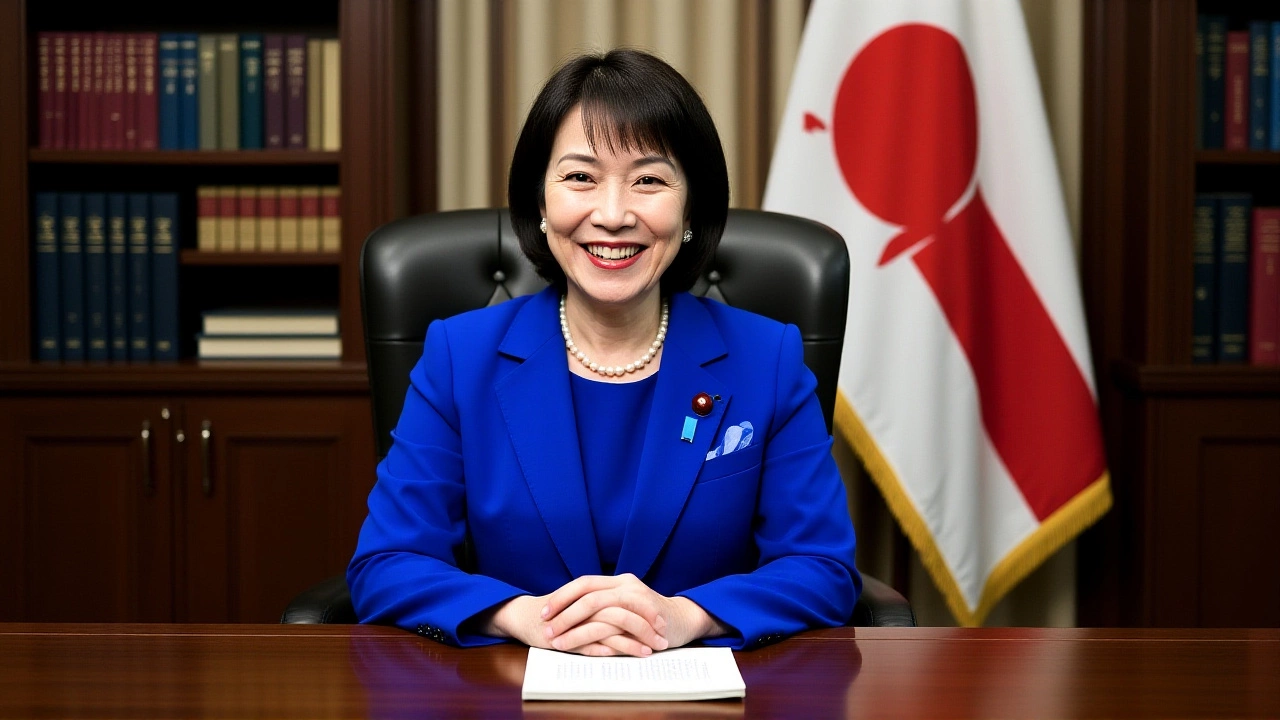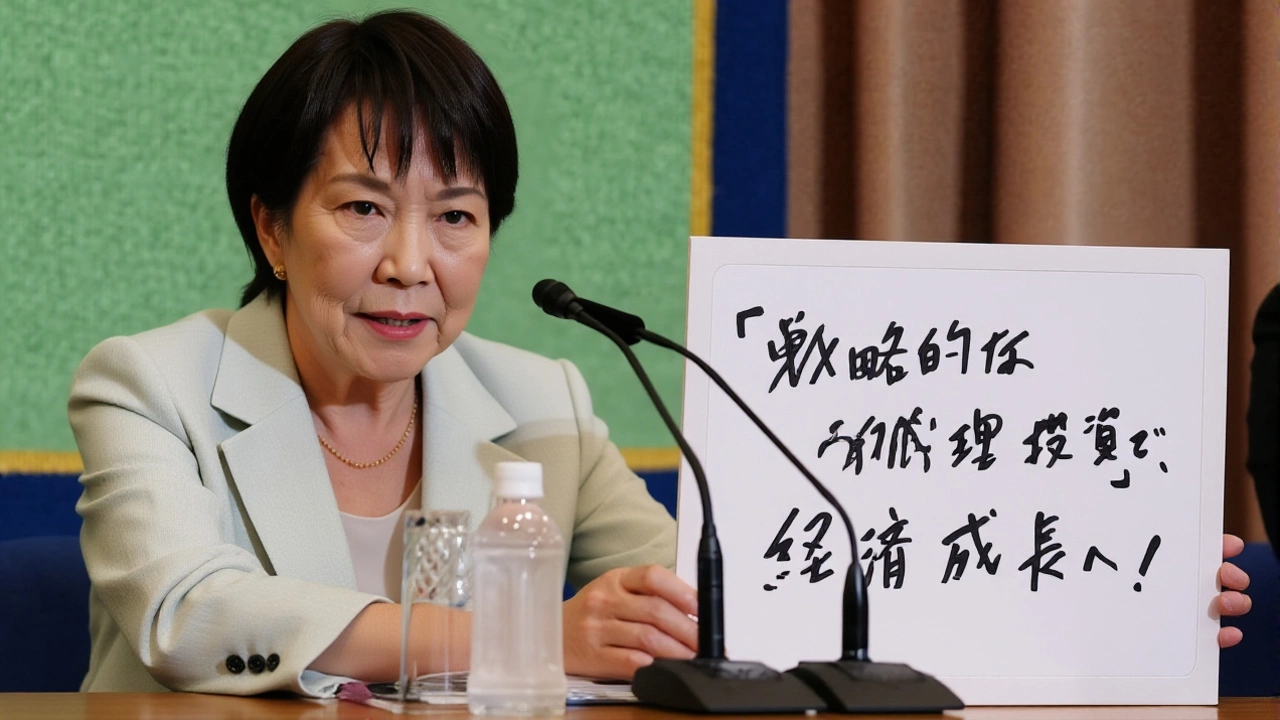Japan’s LDP Crisis Deepens as Kishida Steps Down – Who Will Lead?
 Oct, 5 2025
Oct, 5 2025
When Fumio Kishida, Prime Minister of Liberal Democratic Party told reporters on August 14, 2024 that he would not run for re‑election as party president, the political landscape jolted. The announcement came in Tokyo, the capital of Japan, just weeks before the party’s leadership election slated for September 27. Critics say the move reflects a desperate bid to revive a party whose approval has slumped to about 20 % after a sprawling fundraising scandal that implicated more than 80 lawmakers. Meanwhile, potential rivals such as former defence minister Shigeru Ishiba, former economic security minister Sanae Takaichi and digital‑transformation minister Taro Kono are already positioning themselves. The drama also draws in Kazuo Ueda, governor of the Bank of Japan, whose recent policy shift adds economic urgency, and opposition figures like Hirofumi Yoshimura of the Nippon Ishin no Kai. The ruling Liberal Democratic Party ( LDP) faces its worst crisis in decades.
Background: A Party on the Edge
The LDP has dominated Japanese politics for 68 of the last 70 years, governing virtually uninterrupted since its founding in 1955. That longevity has fostered a perception of stability, but also a sense of entitlement that some analysts say dulled the party’s response to emerging scandals. After the 2021 general election, Kishida rode a wave of public optimism, with early polls showing approval above 60 %. By mid‑2024, however, that goodwill evaporated as a series of graft investigations snowballed.
- Approval of the LDP fell to roughly 25 % in August 2024.
- Public trust in the party’s handling of the economy is at a record low.
- Independent voters now make up about 40 % of the electorate.
Scandal and Economic Pressures
The so‑called “slush‑fund scandal” erupted in late 2023 when prosecutors uncovered that at least 85 LDP lawmakers had failed to declare roughly 500 million yen (≈ $3.4 million) in kickbacks from fundraising events. Some senior figures faced criminal charges for violating the Political Funds Control Law. The fallout forced the resignation of four cabinet ministers and sparked nationwide protests demanding accountability.
Compounding the political fallout, Japan has been grappling with its most severe inflation since the 1970s, hitting 4.3 % in January 2024. Wages have remained essentially flat, prompting consumer confidence to dip below 30 % in the latest survey. In March, Kazuo Ueda ended the Bank of Japan’s negative‑interest‑rate policy, raising the benchmark to a range of 0 %–0.1 %. Markets responded with volatility, and the government’s ability to steer the economy is now a key bargaining chip for any would‑be leader.

Who's in the Race?
Four front‑runners have emerged as the most viable contenders for the September 27 leadership vote. Their backgrounds hint at the direction the party could take.
Shigeru Ishiba, 67, served as defence minister from 2017 to 2019 and has a reputation for blunt, “no‑nonsense” speech. He has run for the LDP presidency four times without success, but his experience in security matters appeals to voters concerned about China’s maritime assertiveness.
Sanae Takaichi, 63, is a close ally of the late Shinzo Abe and held the economic security portfolio. She campaigned heavily on reviving the “Abenomics” spirit and appears poised to attract the party’s traditionalist faction.
Taro Kono, 61, is the digital transformation minister known for his savvy use of social media. He brands himself as a reformist, pushing for greater transparency and a more youthful image for the LDP.
Other names floating in the mix include Toshimitsu Motegi, the party’s secretary‑general, and Yoshimasa Hayashi, the chief cabinet secretary, but they have not formally declared candidacy.
Political Stakes and Potential Outcomes
If any of the leading candidates win, they will automatically become prime minister, thanks to the LDP’s absolute majority in the lower house. The new leader faces a stark choice: ride out the current term and call a snap election before the October 2025 deadline, or attempt to rebuild the party’s brand before the next scheduled vote.
Opposition parties are watching closely. Constitutional Democratic Party of Japan, led by Kenta Izumi, has been gaining traction in urban districts, while Nippon Ishin no Kai under Yoshimura is positioning itself as a reformist alternative that could pull votes away from disillusioned LDP supporters.
Experts from Nihon University warn that a misstep could end the LDP’s dominance for the first time since the 1950s. "The party’s legitimacy is at a crossroads," said Atsuo Ito, political scientist, "and the next leader must deliver tangible reforms, not just cosmetic changes."

What Comes Next?
The LDP leadership race officially opened on August 15, 2024. Campaign rallies are kicking off across prefectures, with each candidate courting key party factions and the influential Diet members who control vote blocs. A series of televised debates is scheduled for early September, promising to lay bare policy differences, especially on defense spending, which has risen to roughly 11 trillion yen (≈ $75 billion) – a historical high.
International observers note that Japan’s foreign policy could shift depending on who takes the helm. A defence‑focused leader like Ishiba might harden the stance against China’s activities in the East China Sea, while a reform‑oriented figure such as Kono could prioritize economic revitalisation and digital innovation.
Whatever the outcome, the next prime minister will inherit a nation at a demographic crossroads – losing about 800,000 people annually – and a populace that is demanding more transparency, better wages, and a clear vision for the future.
Frequently Asked Questions
What triggered the LDP leadership crisis?
A combination of a massive fundraising scandal involving over 80 lawmakers, plummeting approval ratings (down to about 20 %), and economic challenges such as 4.3 % inflation sparked Prime Minister Kishida’s decision not to seek re‑election, igniting a scramble for new leadership.
Who are the main contenders for the LDP presidency?
The front‑runners are former defence minister Shigeru Ishiba, former economic security minister Sanae Takaichi, and digital transformation minister Taro Kono. Each commands a distinct faction within the party and offers a different policy emphasis.
How might the new leader affect Japan’s economy?
If the successor leans toward reform, we could see accelerated fiscal stimulus and more aggressive wage‑growth policies. A security‑first leader might prioritize defence spending, potentially diverting resources from domestic economic measures.
What are the chances of an early general election?
Analysts estimate a 40‑50 % probability that the newly elected LDP chief will call a snap election before the October 2025 deadline, hoping to secure a fresh mandate amid the party’s low polling numbers.
How are opposition parties positioned to benefit?
The Constitutional Democratic Party of Japan has been gaining support in major cities, while Nippon Ishin no Kai, led by Osaka Governor Hirofumi Yoshimura, targets disaffected suburban voters. Both could siphon votes from the LDP if it fails to present a credible reform agenda.